A case for the importance of interneurons in autism
The etiology of autism may be best understood as an impairment of neuronal circuits, specifically interneurons that dampen signals in the brain, says neuroscientist Gordon Fishell.
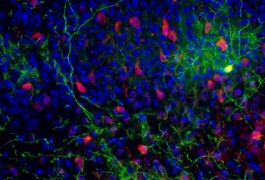
The etiology of autism may be best understood as an impairment of neuronal circuits, specifically interneurons that dampen signals in the brain, says neuroscientist Gordon Fishell.

Neurons from mice that model fragile X syndrome may fire signals more readily than neurons from controls, according to a study published 5 October in The Journal of Neuroscience. The results suggest a cause for the high incidence of seizures in individuals with the syndrome.
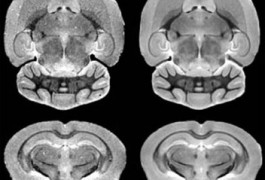
The brains of mice that model Rett syndrome are smaller than normal overall and have differences in specific regions similar to those seen in people with the disorder, according to unpublished research presented Wednesday at the 2011 Society for Neuroscience annual meeting in Washington, D.C.
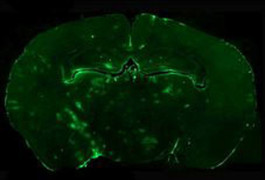
Researchers have identified a compound that shows promise as a treatment for Angelman syndrome, a developmental disorder related to autism. The unpublished results were presented Tuesday at the 2011 Society for Neuroscience annual meeting in Washington, D.C.

Matthew Anderson talks to SFARI.org about what mice carrying deletions and duplications of UBE3A could teach us about autism.

A large scientific research company debuted seven new rat models of autism Tuesday evening in Washington, D.C. Two of the models, one lacking FMR1 and the other lacking NLGN3, show some unexpected new characteristics.

In a video interview at the 2011 Society for Neuroscience annual meeting in Washington, D.C., Caroline Blanchard describes some of the unusual behaviors that suggest that the BTBR mouse is a good model for autism.
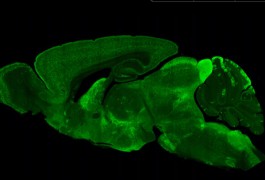
Researchers have engineered 20 mouse lines that allow them to manipulate genes in specific neuronal circuits. The resource, reported 22 September in Neuron, will allow researchers to better explore the role of interneurons, which dampen signals in the brain, in mouse models of autism.

Drugs that act on the adrenaline system can alleviate autism-like symptoms in a rat model of the disorder, according to unpublished research presented Sunday in Washington, D.C.
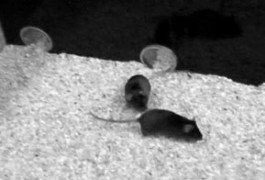
Mice with a mutation in the Rett syndrome gene are more social than controls, according to a study published 11 September in Behavioral Genetics. The results, based on detailed observation of social behavior, support previous studies showing that Rett syndrome mouse models do not have severe social deficits.